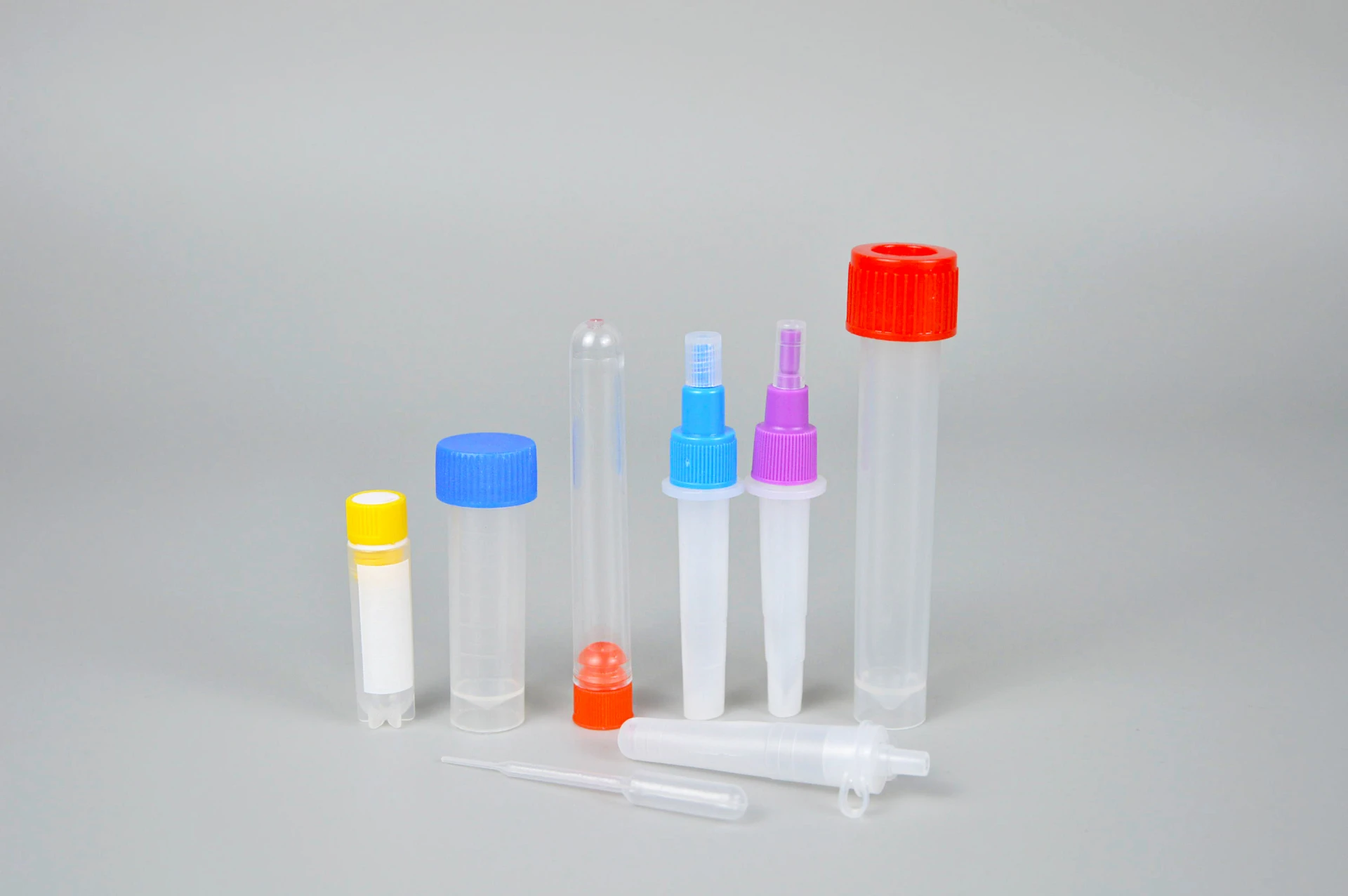ophthalmic dropper bottles
The Significance of Ophthalmic Dropper Bottles in Eye Care
Ophthalmic dropper bottles are specialized containers designed for the precise delivery of liquid medications directly into the eyes. These bottles play a crucial role in the administration of ocular therapeutics, offering an effective solution for treating various eye conditions such as glaucoma, dry eye syndrome, allergies, and infections. Understanding the design, functionality, and importance of ophthalmic dropper bottles can enhance patient care and improve therapeutic outcomes.
Design Features
One of the primary design elements of ophthalmic dropper bottles is their unique nozzle. The dropper tip is engineered to ensure that only a single drop is dispensed with each squeeze. This precision is essential because administering too much medication at once can lead to wastage and potential side effects. An excessive dosage can overwhelm the eye’s capacity to absorb the medication, resulting in overflow and irritation. Thus, the dropper design is a critical component that enhances the efficacy of the treatment.
Additionally, ophthalmic dropper bottles are often made from high-quality, sterile materials to prevent contamination. The bottles are typically constructed from polyethylene or other bio-compatible plastics that safeguard the integrity of the medication. Many manufacturers ensure that their ophthalmic dropper bottles are tamper-proof and come with a protective seal, further minimizing the risk of contamination and ensuring patient safety.
Functionality
Ophthalmic dropper bottles are designed not only for ease of use but also for convenience in administration. Most bottles feature an ergonomic shape, allowing patients to grip them securely, even with potentially wet or slippery hands. The dropper mechanism is straightforward; a gentle squeeze delivers a droplet of medication directly to the desired location, promoting ease of use for individuals who may have limited dexterity.
Moreover, many modern ophthalmic dropper bottles incorporate features such as a built-in dosing indicator or a control valve to prevent the accidental release of the solution. These innovations cater to the needs of the elderly or those with visual impairments, providing an enhanced user experience while ensuring correct dosing.
ophthalmic dropper bottles

Sterility and Shelf Life
The sterility of ophthalmic dropper bottles is paramount since the eye is highly susceptible to infections. Following the manufacturing process, these bottles undergo rigorous sterilization techniques to ensure they are free from microbial contamination. Proper storage and handling further prolong the shelf life of the medication, ensuring that patients receive effective treatment.
Most ophthalmic solutions come with an expiration date, and it is crucial for patients to adhere to this timeline. Once opened, the stability of the solution may decrease due to exposure to environmental factors like light and air. Therefore, proper education on the handling and storage of these dropper bottles is necessary for patients to maximize the effectiveness of their medication.
Importance in Eye Care
Ophthalmic dropper bottles have revolutionized eye care by providing a safe and effective means of delivering treatments directly to the affected tissues. Conditions such as glaucoma require precise dosing to manage intraocular pressure, making the accuracy of ophthalmic dropper bottles vital. Similarly, for patients suffering from dry eyes, the ability to deliver lubricating drops easily can dramatically improve their quality of life.
In addition to being practical, ophthalmic dropper bottles also facilitate adherence to treatment regimens. The convenience of a dropper bottle encourages patients to follow their prescribed protocols, ultimately enhancing therapeutic outcomes. Educational campaigns and guidance from healthcare providers regarding their proper use can further optimize the therapeutic benefits of these medications.
Conclusion
In summary, ophthalmic dropper bottles are essential tools in modern eye care, emphasizing precision, sterility, and patient convenience. Their design innovations and functionality contribute significantly to effective treatment delivery, fostering better adherence to medication regimens and improving overall health outcomes. As the field of ophthalmology continues to advance, the evolution of these essential instruments will remain integral to patient care, helping millions maintain their vision and eye health for years to come.
-
Aesthetic Makeup Spray Bottles | Fine Mist Empty RefillableNewsAug.19,2025
-
White Plastic Veterinary Vaccine Vials | Lab Liquid BottlesNewsAug.18,2025
-
Plastic Medicine Liquid Bottle: Secure Flip Top Drug VialsNewsAug.17,2025
-
Durable 250ml Blue Plastic Vaccine Vial for Lab & Vet UseNewsAug.16,2025
-
Sterile Virus Sample Tubes: Secure & Reliable Specimen CollectionNewsAug.15,2025
-
White 250ml Plastic Vaccine Vial for Lab & Vet MedicineNewsAug.14,2025
























